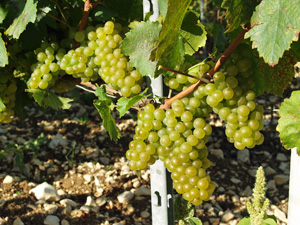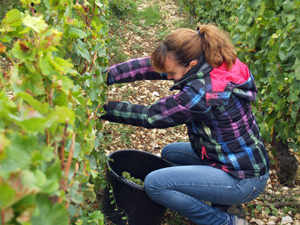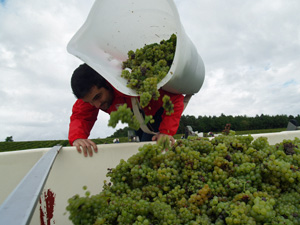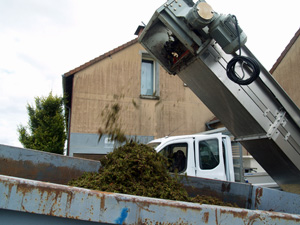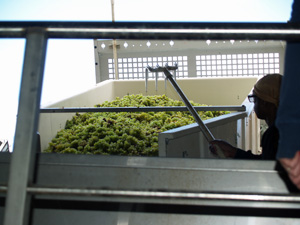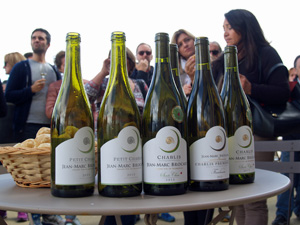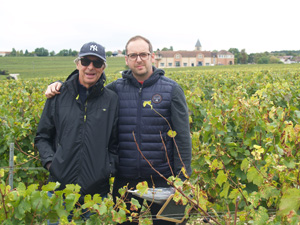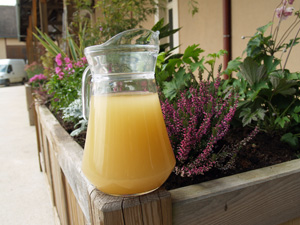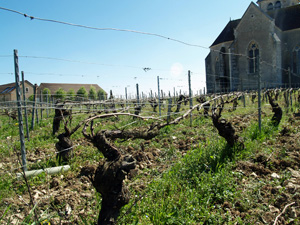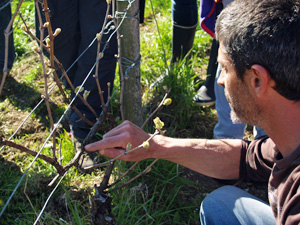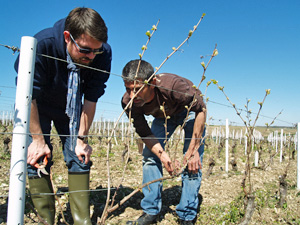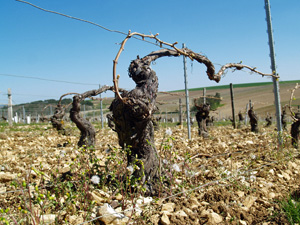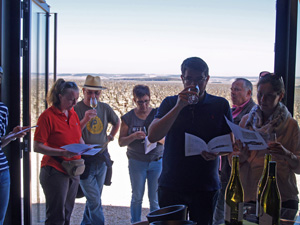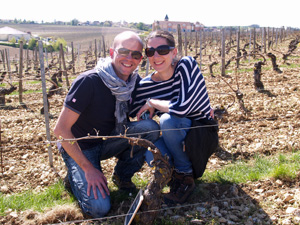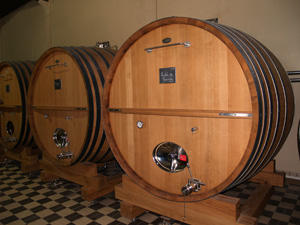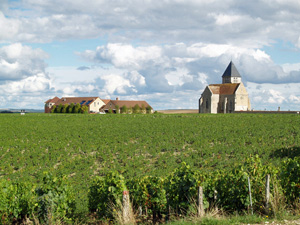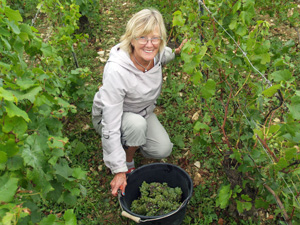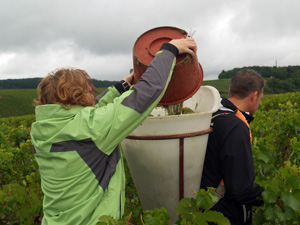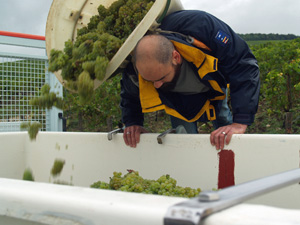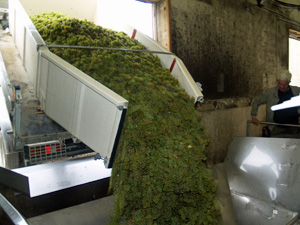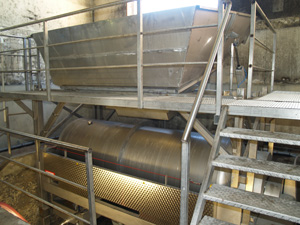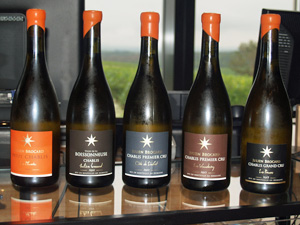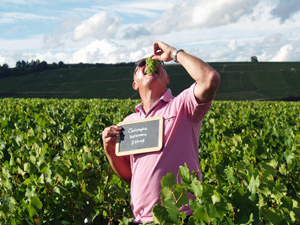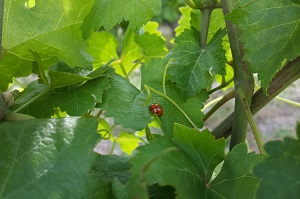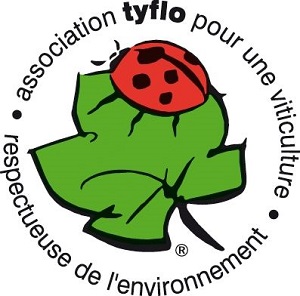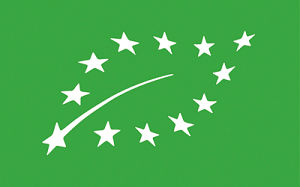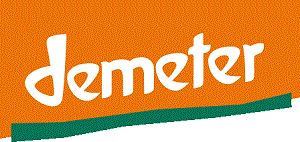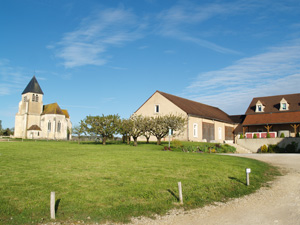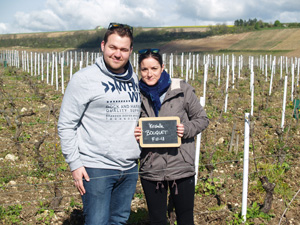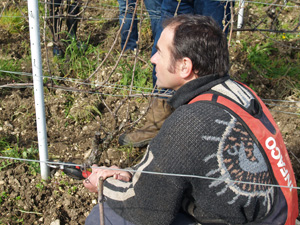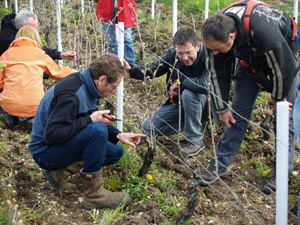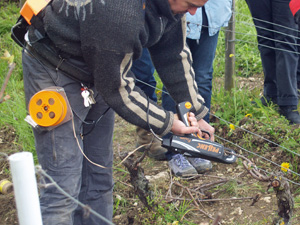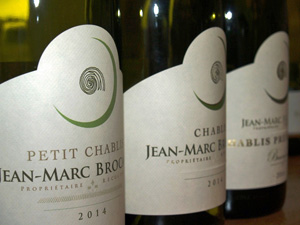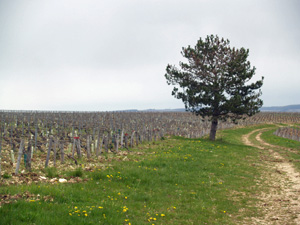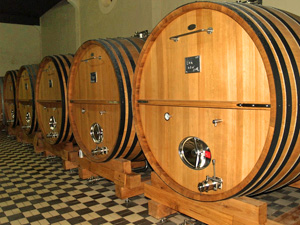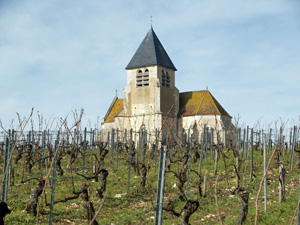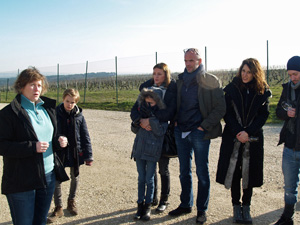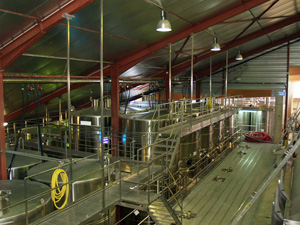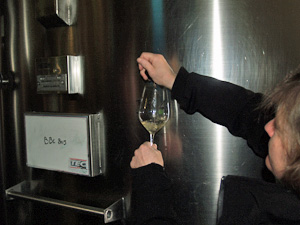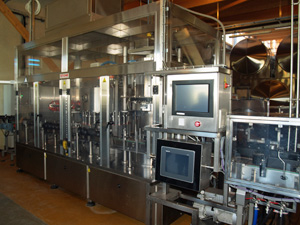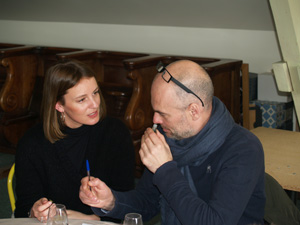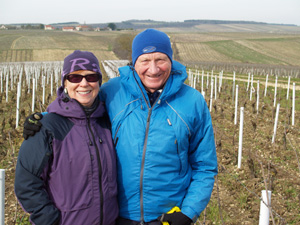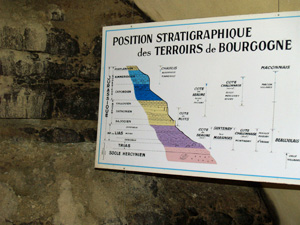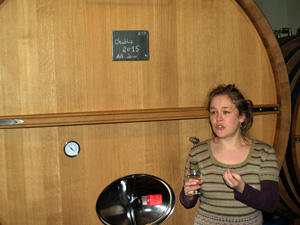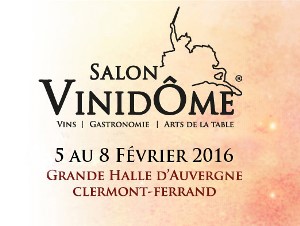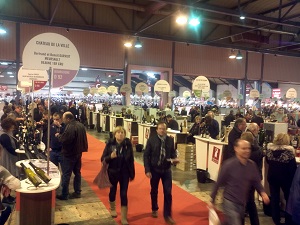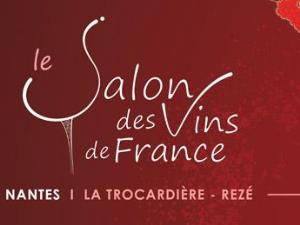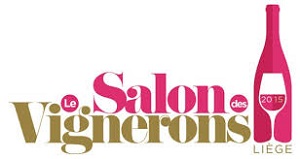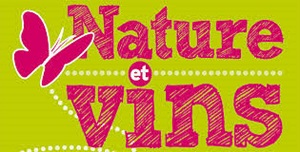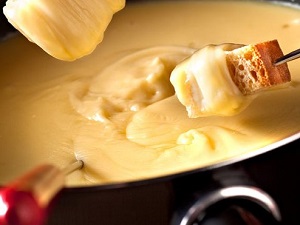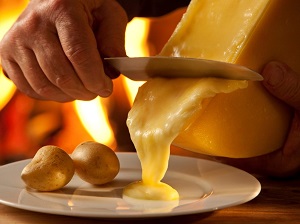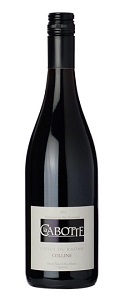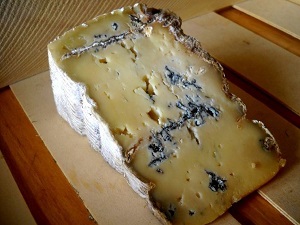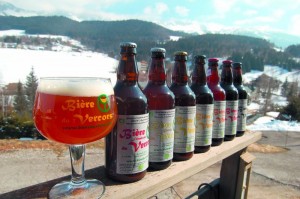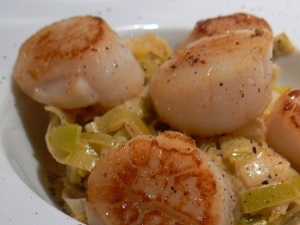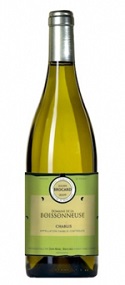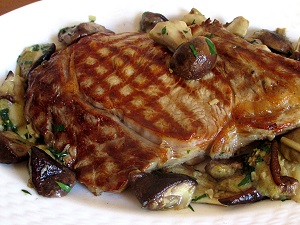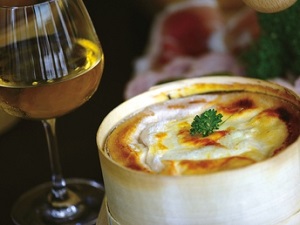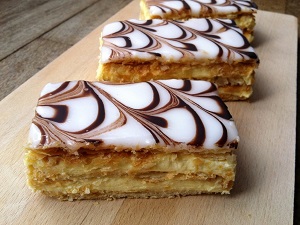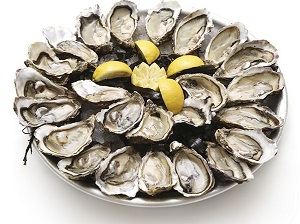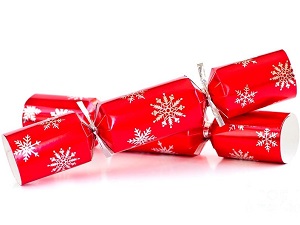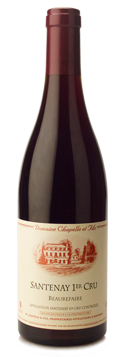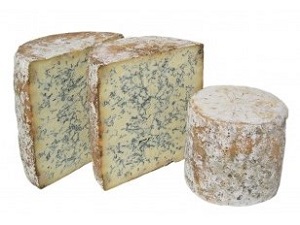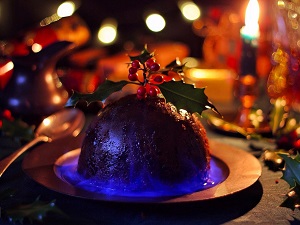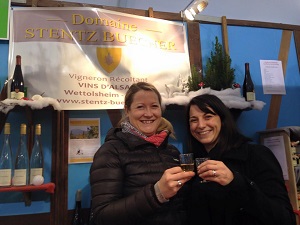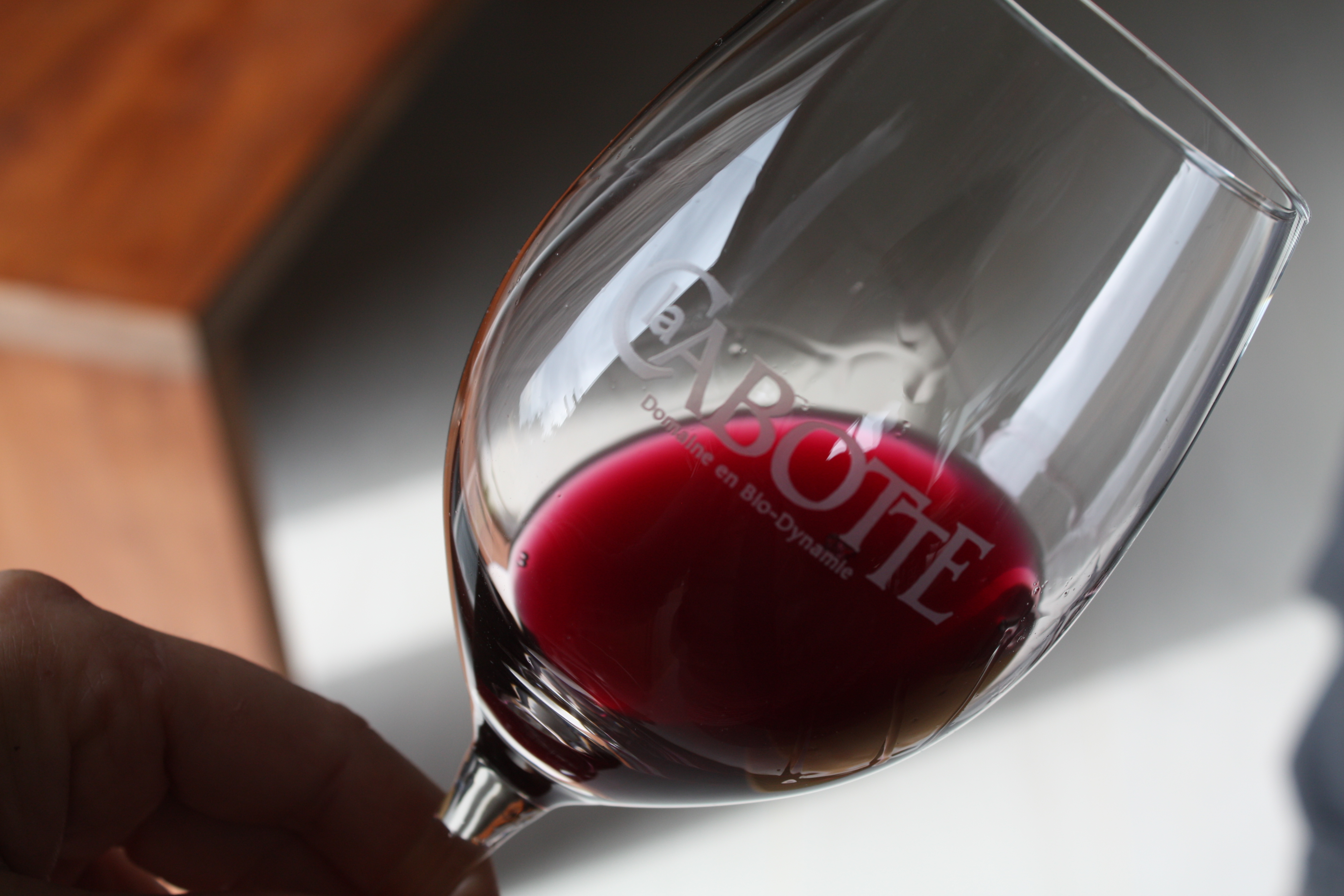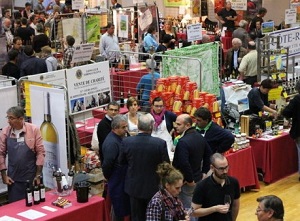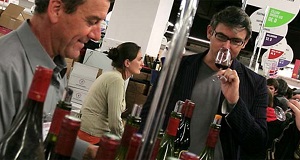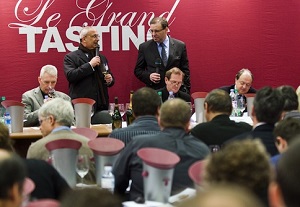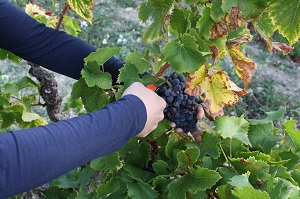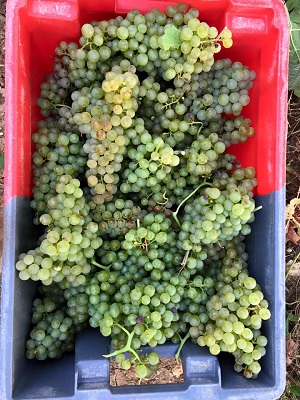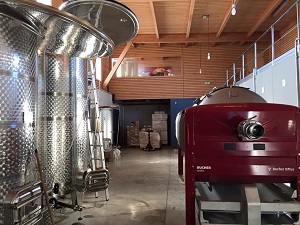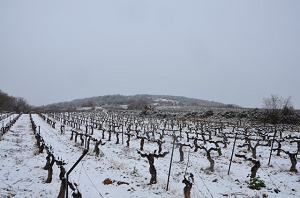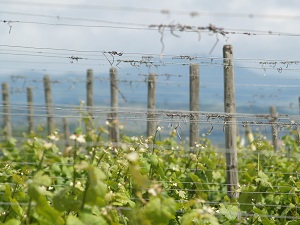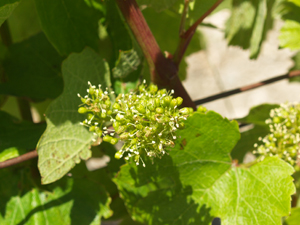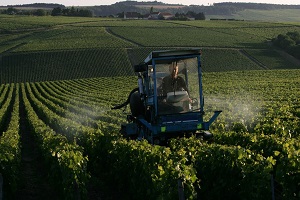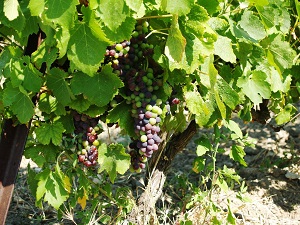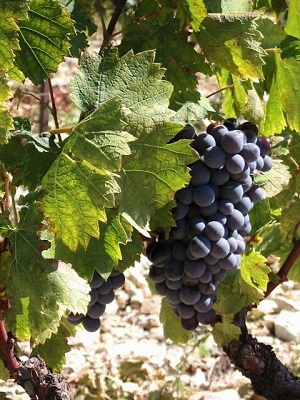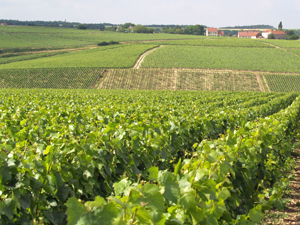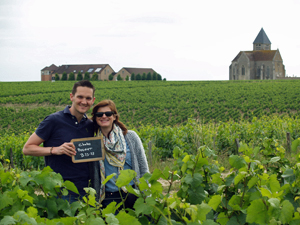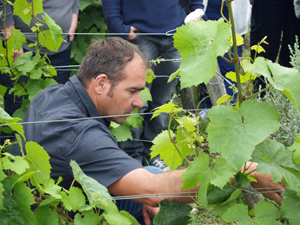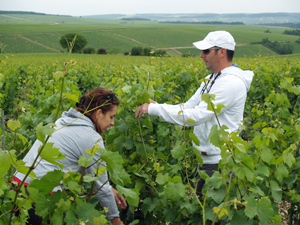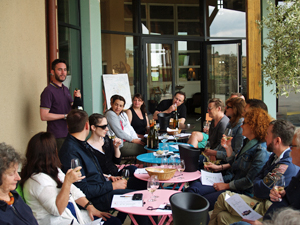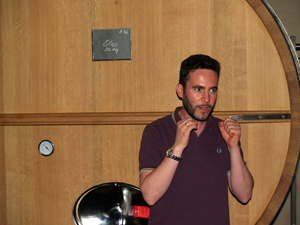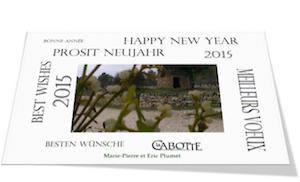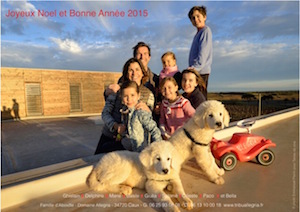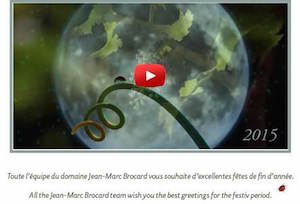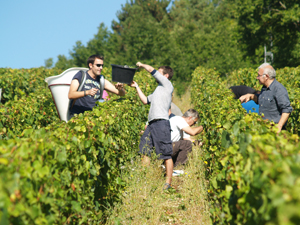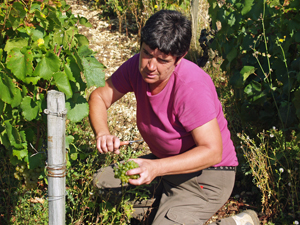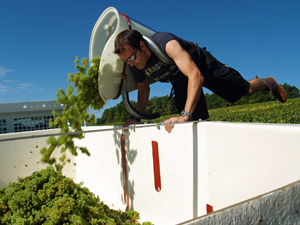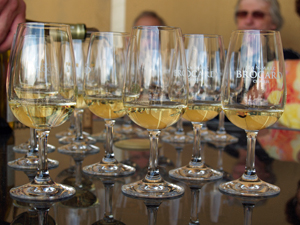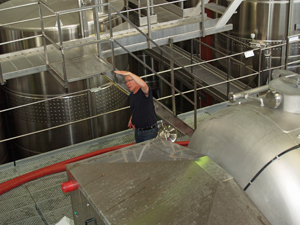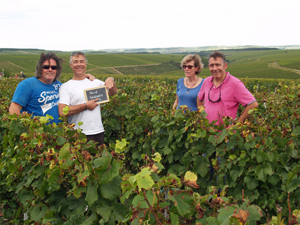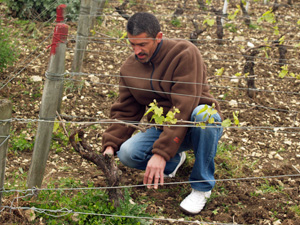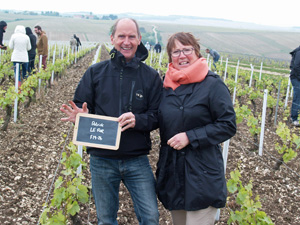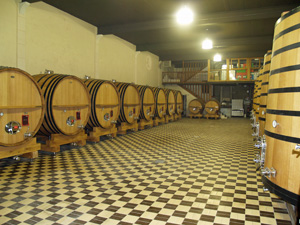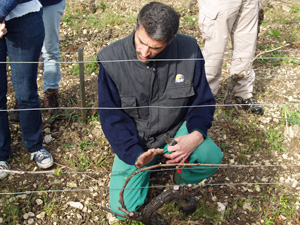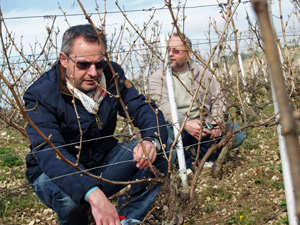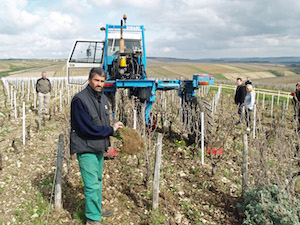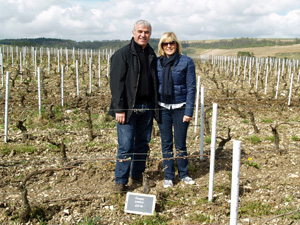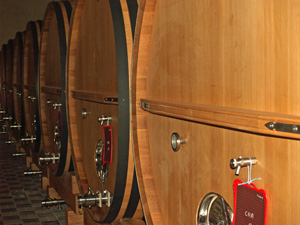When you open a bottle of wine, you don’t always think about all of the work that has gone into making it. Everyone knows that at some stage there is the harvest, but to have the best possible grapes come harvest time, there is much work and effort that has gone into nurturing the vines along the way. But the harvest is not the end either, and marks the beginning of the wine-making side of things. There is more that goes on in the cellar than you might think to press the grapes, ferment the grape must, age the wines and prepare them for bottling, as we were to find out during the Vinification Experience Day in Chablis at Domaine Jean-Marc Brocard last Saturday.
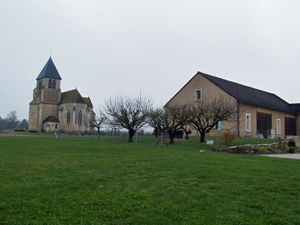
This wine experience day was split into different workshops to learn about everything that happens at the winery between the harvest and the wine being ready for bottling and labelling. And so the day started in the loading bay where the grapes are put into the wine presses. Odile, the head wine-maker at the winery, told us how the presses are controlled to extract the juice from the grapes.
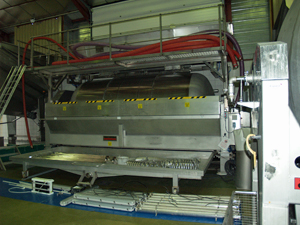
We then learnt all about how the wines are settled and the wines are clarified to separate the juice from the larger solid particles of pips and skin that made it through the membrane of the press. Once this has happened the juice then continues its journey into one of the vats where it will remain during the fermentation process.
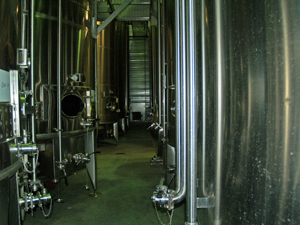
Odile explained how the sugar in the grape juice is transformed into alcohol over the following weeks.
Once the fermentation has finished, the wines are racked to separate them from the larger lee particles, and they are left to age on their finer lees to develop their depth and structure. To better understand the process she let us taste some of the wines directly from the vats, including the wine that we will end up with at the end of the Gourmet Odyssey Wine Experience. It’s a rare opportunity to taste wines in their unfinished state.
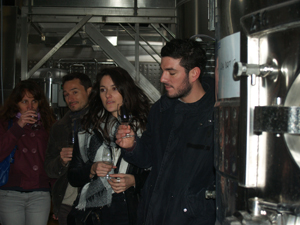
Before the wines are ready to be bottled, they are racked again and filtered to clarify them further, and to ensure that no impurities are left in the wine that might cause it to spoil in the bottle. We then made our way to the production line to see where the bottling takes place, and we discussed the merits of the different options of sealing the bottles, by cork, screw-cap or other materials.
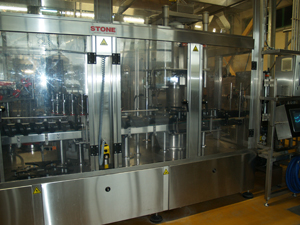
After bottling, the wine is laid to rest again and then stored until ready for labelling. Odile showed us the labelling machine that sticks on the front and back label and adds the capsule on top of the bottles. The bottles are then boxed up and ready for sale or distribution. It’s an impressive sight!
The next workshop was to learn how to taste wine and prepare us for the wine tasting session to come. We use all of our senses when tasting wine, and we first put our noses to the test to try and identify different aromas found in white wine, either due to the different grape varietals or from having been aged in oak. It’s not as easy as you would think!
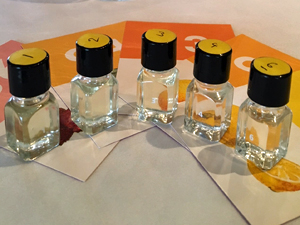
We then tasted different sweet, saline, acidic, and bitter solutions to see if there was any difference in where we could feel them in our mouths.
It was then time to taste the wines. We had three sets of wines to taste, and had to try and identify what the different factor was between the wines in each set. The wine tasting session had been organised to show the difference between terroir, grape varietals, and the way in which the wine is aged.
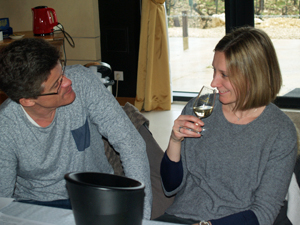
We tasted a wide range of different Petit Chablis, Chablis, Chablis Premier Cru and Chablis Grand Cru wines, and continued the tasting over the delicious lunch which had been prepared at the winery by a local caterer.
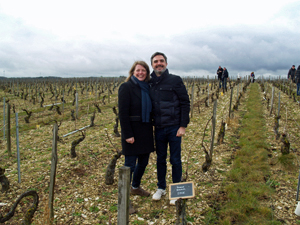
After lunch, we took in some air, and headed out into the vineyard to meet our adopted vines. We took a few photographs and admired the surrounding landscape of rolling Chablis vineyards.
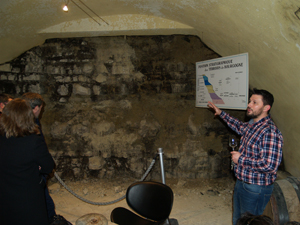
Back at the winery, we descended into the cellar where the far wall had been left bare, revealing the strata of limestone and marl that give the Chablis wines their character.
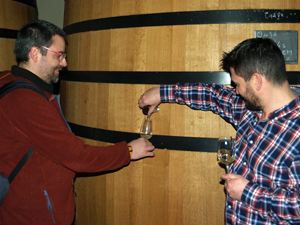
The final stop of the day was to visit the fermentation hall that houses the wooden casks for the wines that are aged in oak. Here Jean-Louis explained the role of the casks, and we had ended the day with a last wine tasting to see how the oak casks influence the structure of the wine.
It had been a fascinating day to have a glimpse of the life of a wine-maker. We’ll now have to wait patiently until our wine has finished ageing, but we’ll know that the wait has been worth it!



